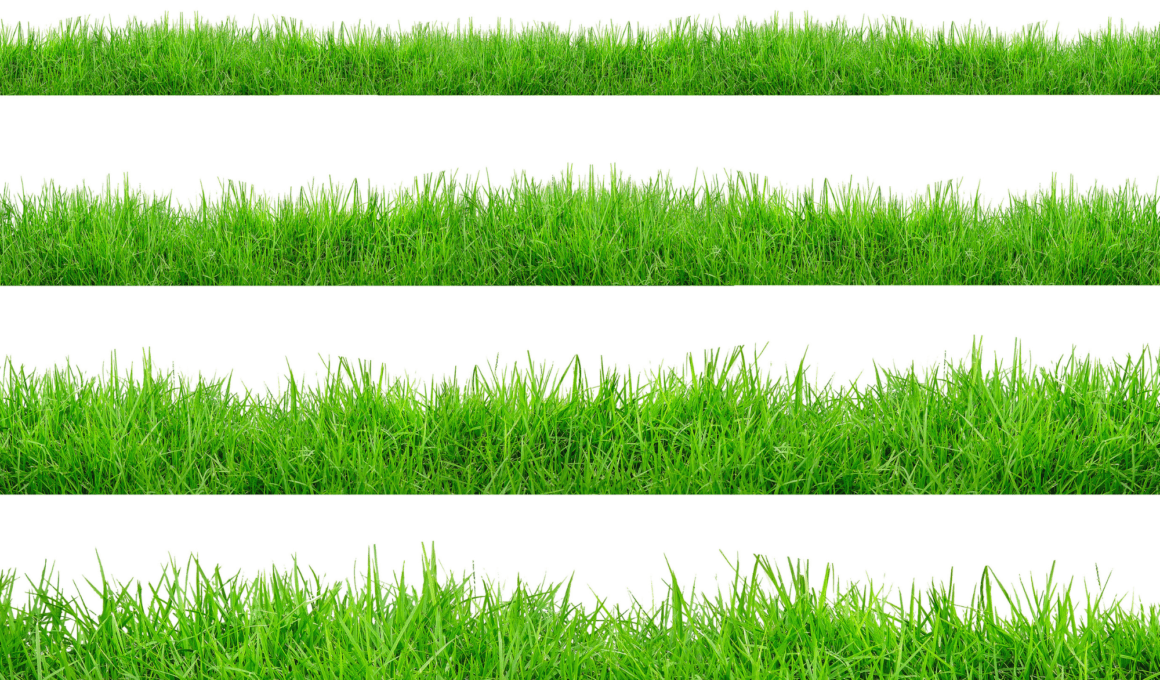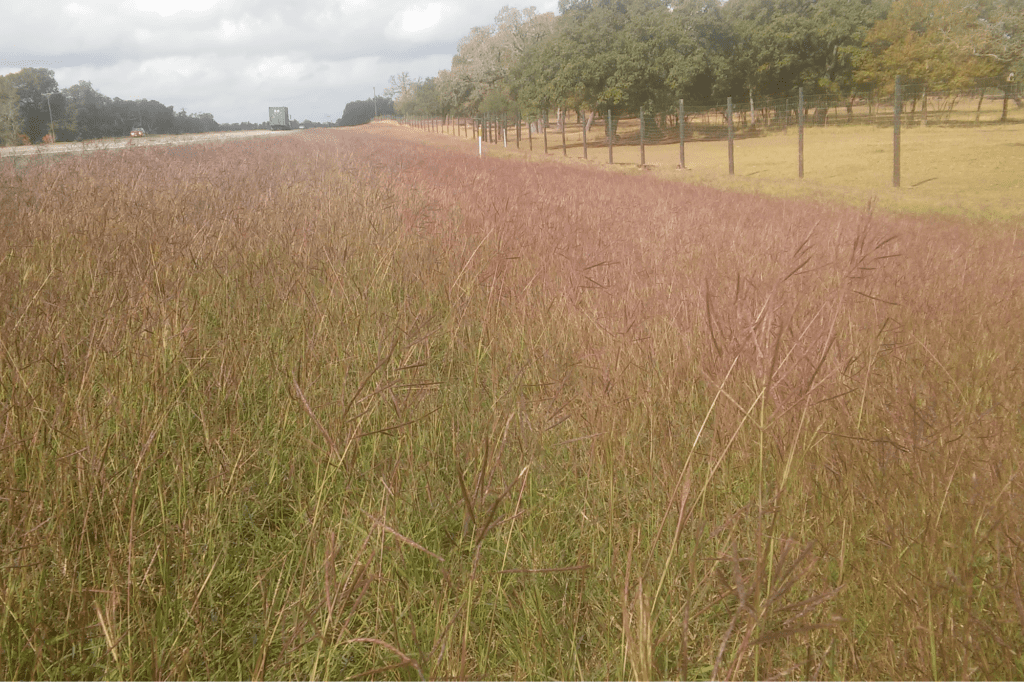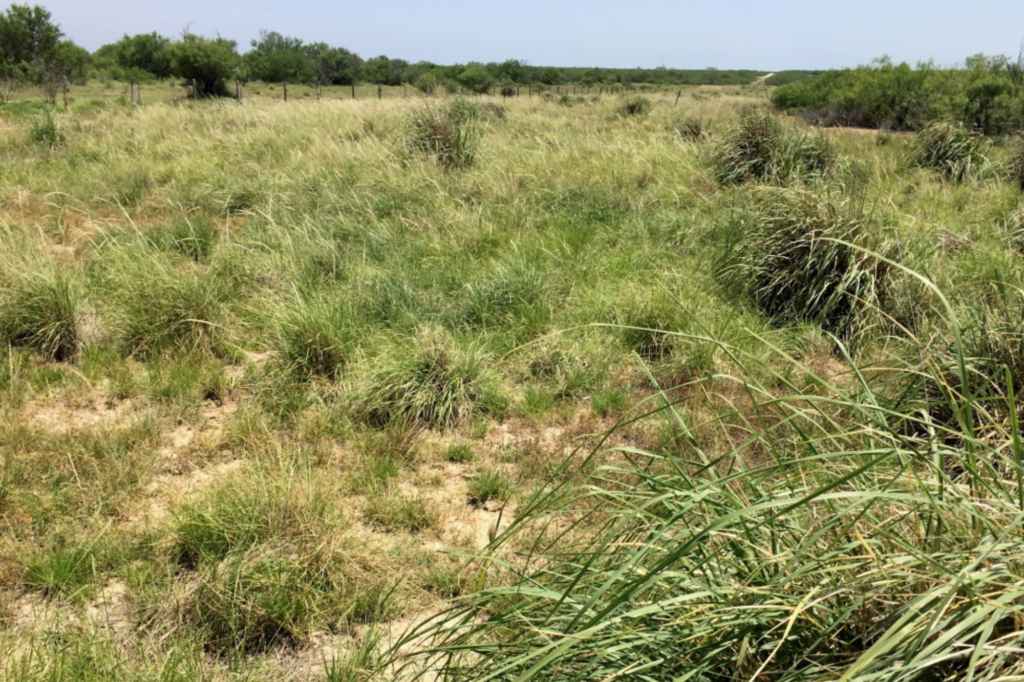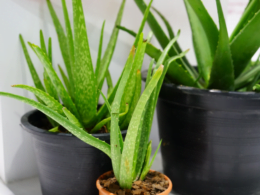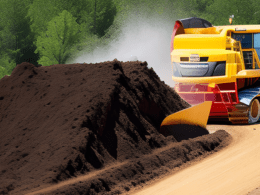When it comes to landscaping in Texas, choosing the right grass is crucial for achieving a lush and healthy lawn. Texas is known for its hot and dry climate, and not all grass types can withstand the harsh conditions.
That’s why it’s essential to understand the different types of grass in Texas and their characteristics. In this guide, we will explore the popular grass types found in the region and their suitability for Texas landscapes.
From native grasses to warm and cold-season options, as well as drought-resistant varieties, each grass type has its unique features and requirements.
Whether you’re a homeowner or a landscaping professional, understanding the best grass options for Texas lawns can improve the health and longevity of your landscaping efforts.
Native Grasses in Texas
One of the most important factors to consider when choosing the best grass for a Texas lawn is whether it is native to the region. Native grasses are well-adapted to Texas’ climate and soils, making them a great choice for low-maintenance landscaping.
Common Native Grass Varieties in Texas
There are several varieties of native grasses that are commonly found in Texas. These include:
| Grass Type | Characteristics |
|---|---|
| Buffalo grass | A fine-textured grass that is drought-tolerant and requires little watering |
| Blue grama grass | A low-maintenance grass that is heat-tolerant and can survive on minimal watering |
| Big bluestem | A tall grass that thrives in the Texas heat and requires little maintenance |
These grasses are known for their ability to thrive in Texas’ hot and dry climate while also being able to withstand typical pests and diseases. They require less water and maintenance than non-native grasses, making them a great choice for sustainable landscaping.
Benefits of Using Native Grasses
In addition to being low-maintenance and environmentally friendly, native grasses also offer several benefits for Texas lawns. Here are a few:
- Resistance to pests and diseases that commonly affect non-native grasses
- Drought tolerance, reducing the need for watering
- Low-maintenance requirements, saving time and money on lawn care
- Improved soil health and biodiversity in the landscape
Overall, native grasses are an excellent option for Texans looking for a sustainable, low-maintenance lawn option that is well-suited to the state’s unique climate and ecology.
Warm-Season Grasses in Texas
Texas is known for its hot and humid climate, making it essential to have grass varieties that are well-suited for the region. Warm-season grasses are the best option for Texas lawns, as they can withstand the scorching heat and require less water compared to other varieties.
Here are some of the most popular warm-season grasses that thrive in Texas:
| Grass Type | Characteristics | Maintenance Requirements |
|---|---|---|
| Bermuda Grass | – Drought-resistant and heat-tolerant – Fast-growing and durable – Requires moderate maintenance |
– Frequent mowing – Fertilization two to three times a year – Watering once a week |
| Zoysia Grass | – Heat-tolerant and drought-resistant – Soft texture and attractive appearance – Low maintenance |
– Infrequent mowing – Fertilization once a year – Watering once or twice a week |
| Centipede Grass | – Low-maintenance and heat-tolerant – Disease-resistant and adaptable – Requires less water compared to other warm-season grasses |
– Infrequent mowing – Fertilization once a year – Watering once a week |
When choosing the best warm-season grass for your lawn, it is essential to consider factors such as the region’s climate, soil type, and sunlight availability. Consulting a professional landscaper can help you choose the right grass variety and ensure proper maintenance.
Cold-Season Grasses in Texas
Cold-season grasses can add a vibrant green hue to any landscape in the colder regions of Texas. While warm-season grasses go dormant in the fall and winter, cold-season grasses thrive during this time of year. Here are some of the popular cold-season grass options for Texas residential and commercial lawns:
| Grass Type | Description | Maintenance Requirements |
|---|---|---|
| Ryegrass | Ryegrass is a robust annual grass type that grows quickly and can last through the winter. It is ideal for overseeding warm-season grasses and can add a luscious green color to lawns that have turned brown in the colder months. | Ryegrass requires regular mowing, watering, and fertilizing to maintain its vibrant green color. |
| Fescue | Fescue is a cool-season grass that can tolerate moderate shade and cold temperatures. It is ideal for lawns where the soil is poorly drained or has high clay content. | Fescue needs regular watering and fertilizing to maintain its lush appearance. It also requires occasional mowing to keep it at a uniform length. |
Incorporating cold-season grasses into your Texas landscape can add visual interest and provide a pop of color during the colder months. However, it’s important to select a grass type that is well-suited to your region and to maintain it properly to ensure its longevity.
Drought-Resistant Grasses in Texas
Texas is known for its scorching heat and dry climate, making it essential to choose grass varieties that can withstand water scarcity. The following drought-resistant grasses are perfect for Texas lawns and require minimal maintenance.
| Grass Variety | Characteristics |
|---|---|
| Buffalo Grass | A low-growing grass variety that requires little water and fertilizer. Its deep roots make it drought-resistant and also ideal for high traffic areas. |
| Bermuda Grass | This grass variety is well-adapted to hot and dry weather conditions and can tolerate drought and heavy foot traffic. |
| Zoysia Grass | With a deep root system, Zoysia grass can survive long periods of drought. It is also highly resistant to pests and diseases. |
In addition to the above options, it’s also worth exploring ornamental grasses such as Blue Grama, Indian Grass, and Switchgrass. These grass varieties are low-maintenance and can add aesthetic value to your Texas lawn.
When selecting a drought-resistant grass variety, it’s important to consider factors such as soil type, sun exposure, and water requirements.
Grass Options for Texas Lawns
Choosing the right grass for your Texas lawn can be a daunting task, as there are numerous factors to consider, such as soil type, climate, and shade. Here is a guide to some of the best grass options for Texas lawns:
| Grass Type | Characteristics | Maintenance Requirements |
|---|---|---|
| Bermudagrass | Heat-tolerant, drought-resistant, ideal for high-traffic areas, grows in full sun | Requires frequent mowing and watering in the hot months, fertilization, and occasional dethatching |
| St. Augustinegrass | Tolerates partial shade, resistant to pests and disease, forms a thick carpet-like turf | Requires moderate watering, mowing, and fertilization, and occasional pest control |
| Zoysiagrass | Drought-resistant, heat-tolerant, forms a dense turf, tolerates partial shade | Requires less frequent watering and mowing than other grass types, periodic fertilization and aeration, and pest control |
Bermudagrass is the most popular grass choice for Texas lawns, due to its ability to withstand heat and drought and its high resilience to foot traffic. St. Augustine grass and Zoysiagrass are suitable options for lawns with partial shade and require less maintenance than Bermudagrass.
It is important to note that some grass varieties may perform better in specific regions of Texas than others. Consult with a local lawn specialist or garden center to determine the best grass type for your specific lawn conditions.
FAQ
Here are some commonly asked questions about grass in Texas:
What is the best grass for Texas lawns?
The best grass for Texas lawns varies depending on the region and climate. Warm-season grasses, such as Bermuda, Zoysia, and St. Augustine, are popular choices for many areas in Texas. Cold-season grasses, such as Ryegrass and Fescue, are also suitable for some regions. It is important to consider factors such as soil type, sun exposure, and irrigation when selecting the best grass for your lawn.
How often should I water my lawn in Texas?
In Texas, it is generally recommended to water your lawn deeply and infrequently. This means watering your lawn once or twice a week, depending on the grass type, and allowing the water to penetrate several inches deep into the soil. It is important to avoid over-watering, as it can lead to root rot and other diseases.
What is a drought-resistant grass?
A drought-resistant grass is a type of grass that can survive and maintain its quality during periods of water scarcity or drought. In Texas, some popular drought-resistant grasses include Buffalo Grass, Bermuda Grass, and Zoysia Grass. These grasses have deep root systems that can access water deep in the soil and can survive long periods without rainfall.
How do I prevent weeds from growing in my lawn?
To prevent weeds from growing in your lawn, it is essential to maintain healthy grass. This means providing adequate irrigation, fertilization, and mowing. It is also important to remove weeds as soon as they appear. Mulching, hand weeding, and using herbicides can be effective ways to control weeds in your lawn.
What is the best time to plant grass in Texas?
The best time to plant grass in Texas depends on the grass type and region. Warm-season grasses should be planted in the late spring or early summer, when soil temperatures are warm enough to support growth. Cold-season grasses should be planted in the fall, when temperatures are cooler and moisture levels are higher.





